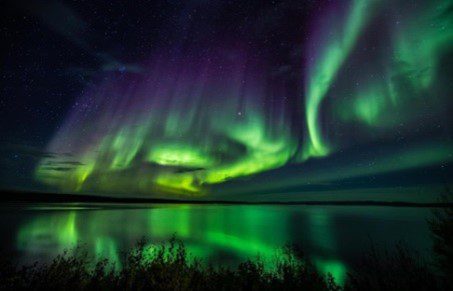Astronomers had been aware of dark spots on the Sun since the early 1600s, but it wasn’t until 1755 they discovered the number of sunspots increased and decreased in cycles spanning 11 years.
On September 1, 1859, an English astronomer named Richard Carrington was keenly aware the number of sunspots was on the rise. While sketching a particularly large cluster, he witnessed an explosion of light lasting about five minutes. The flare was a coronal mass ejection (CME), a burst of magnetized plasma from the Sun’s upper atmosphere. Normally, a CME takes several days to reach Earth. In this case, it took only 17.6 hours.
That night, the Earth experienced unprecedented electrical chaos. Telegraph poles and substations (precursor to the telephone) started catching fire and northern and southern auroral displays, normally confined to the polar regions, were now visible as far south as Hawaii and as far north as Australia.
Carrington realized the flare he’d seen was almost certainly the cause of this massive geomagnetic disturbance. This connection had never previously been made. In his honour, the 1859 incident is now known as the Carrington Event.
It was the most powerful solar eruption in recorded history; causing wide-reaching communication failures as the telegraph system was simply unable to withstand the tremendous amount of electricity surging through the wires.
In 1989, a CME knocked out power to the province of Quebec, leaving 6 million people in the dark for nine hours. It also damaged transformers as far away as New Jersey and nearly took down the U.S. power grid from the Eastern Seaboard to the Pacific Northwest. On July 23, 2012, a CME equivalent to the Carrington Event narrowly missed Earth. Had it hit us, our technology dependent world would have suffered catastrophic damage.










